Sally Kellerman was an award-winning actress who always seemed like a real classy lady, like one of the true dames who could've ruled Hollywood had she been born a generation earlier than she was. I know that moviegoers of a certain era will likely always remember her as the original 'Maj. Margaret 'Hot Lips' O'Houlihan,' a role that's etched in cinema legend. But her career spanned an incredible one hundred and fifty eight different screen roles (per IMDB.com), and that makes her no slouch, indeed.
As for her appearances in genre properties?
She made an uncredited visit to the world of Rod Serling's The Twilight Zone in 1963, and -- around the same time -- she paid her respects to The Outer Limits not once but twice. She likely shot her work for Star Trek and the fondly remembered I, Spy around the same time (circa 1966). 1967 saw the lady making stops into the TV worlds of Tarzan and The Invaders. Though it's certainly a dubious contribution to the world of Fantasy, 1986's tepid Meatballs III: Summer Job saw Kellerman as 'Roxy Dujour,' a deceased porn star who returns to Earth (as a ghost, of course, not a zombie) to help a camper lose his virginity. (Gasp!) In 1990, she enjoyed guest work in an episode of The Ray Bradbury Theater, an anthology program based on the author's short stories. There may be one or two more, but I think you get my point: there was no property this talk drink of water was afraid to tackle, so let her resilience and tenacity inspire you in whatever you set out to accomplish today.
Thoughts and prayers are extended to the lady's family and friends. May she forever rest in peace.
-- EZ

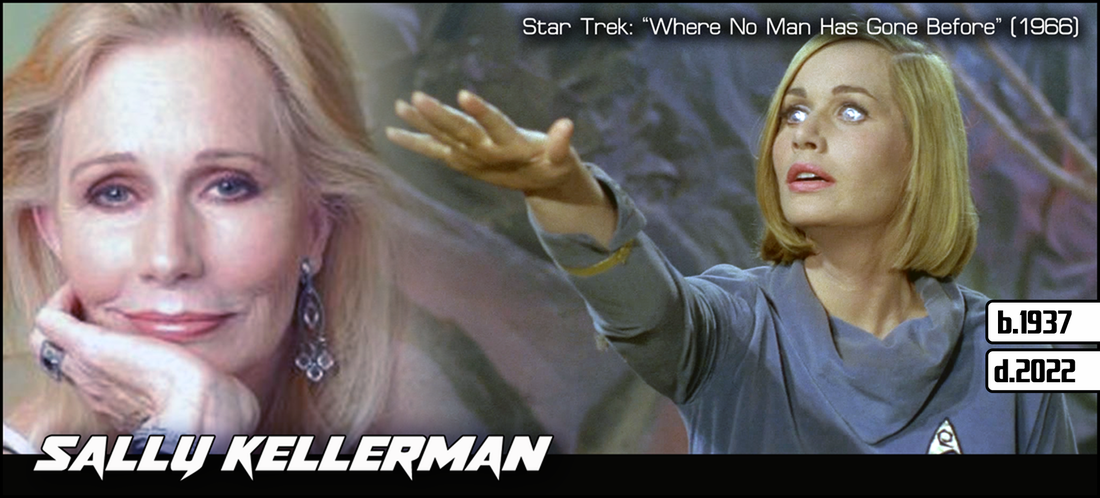
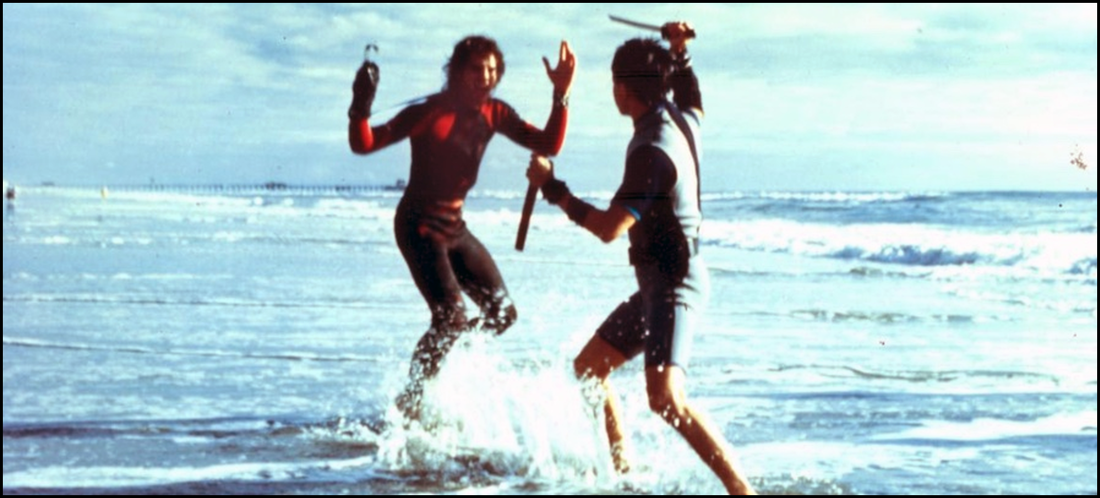

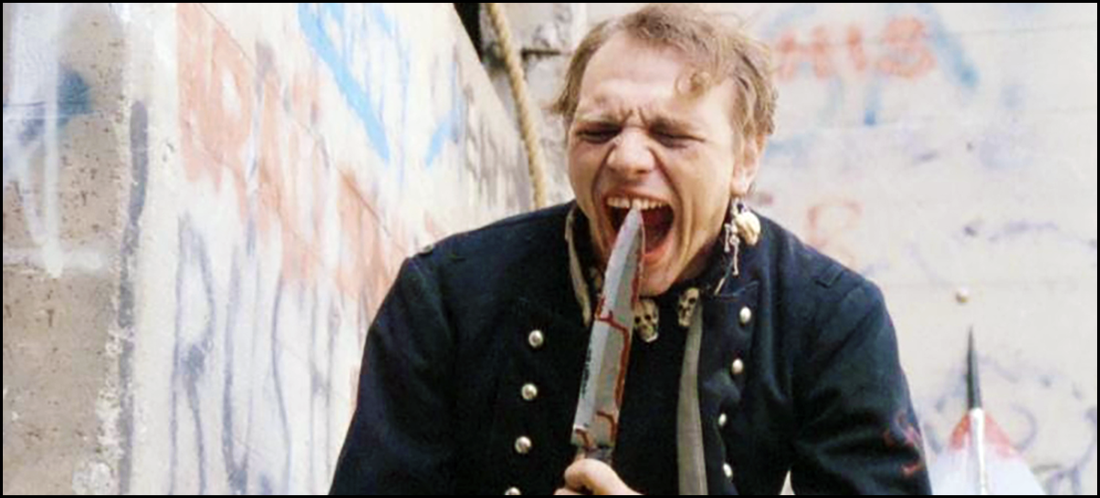
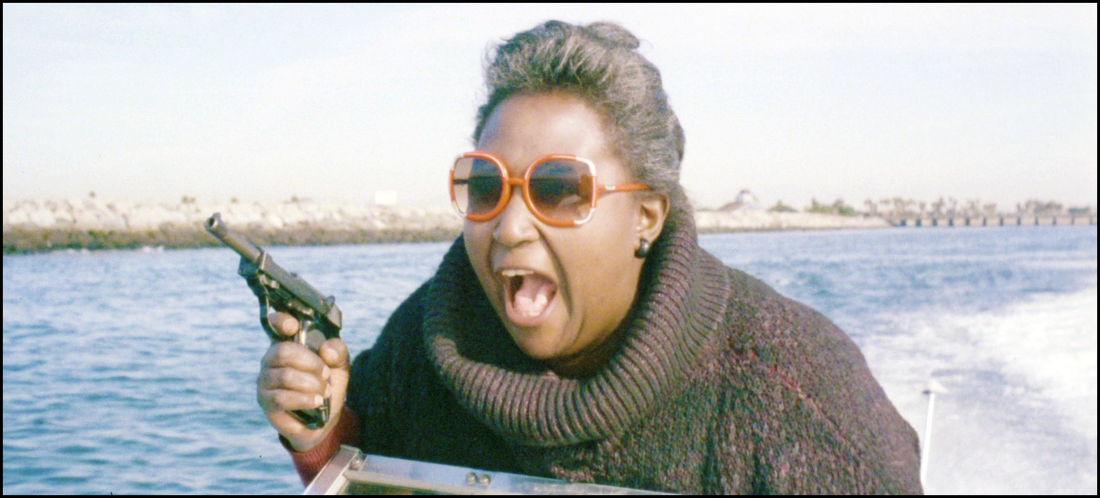
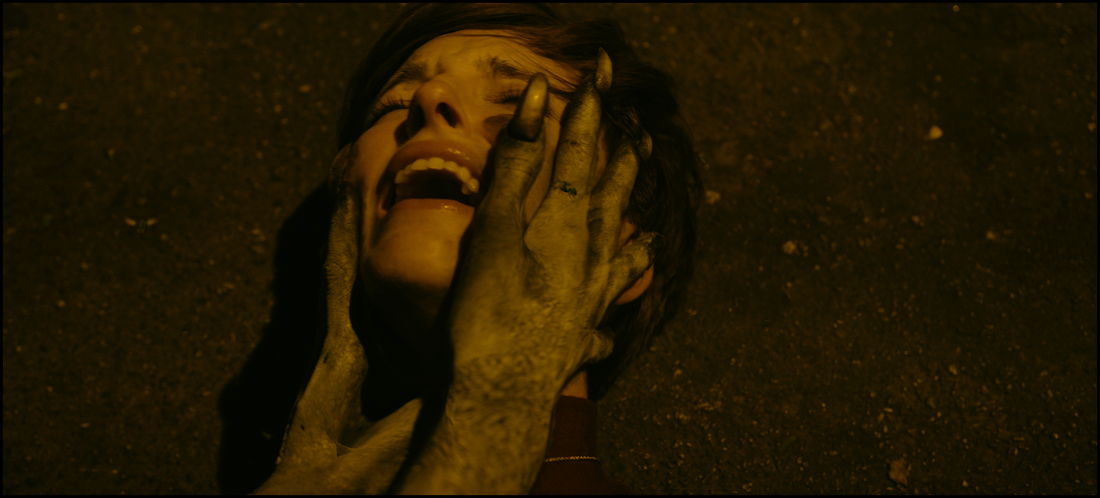
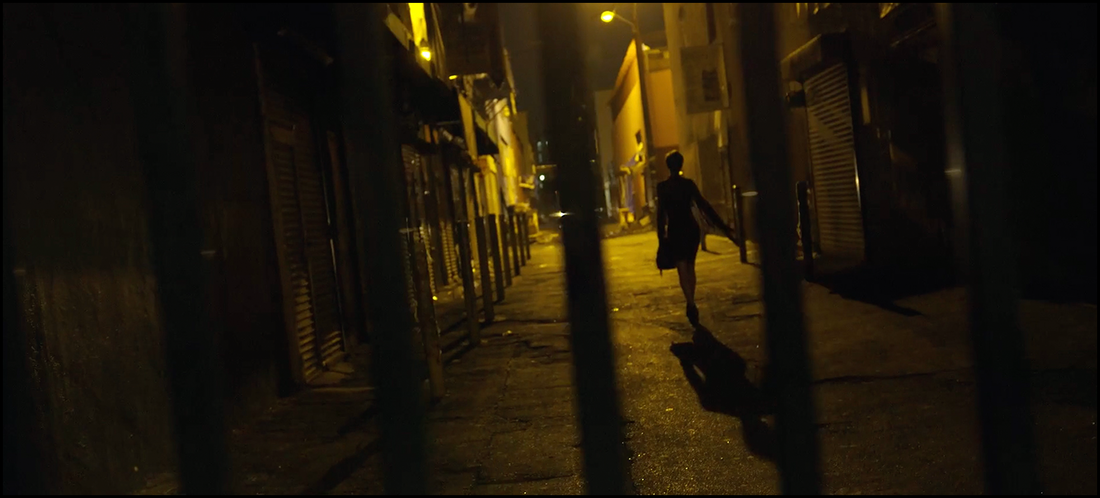
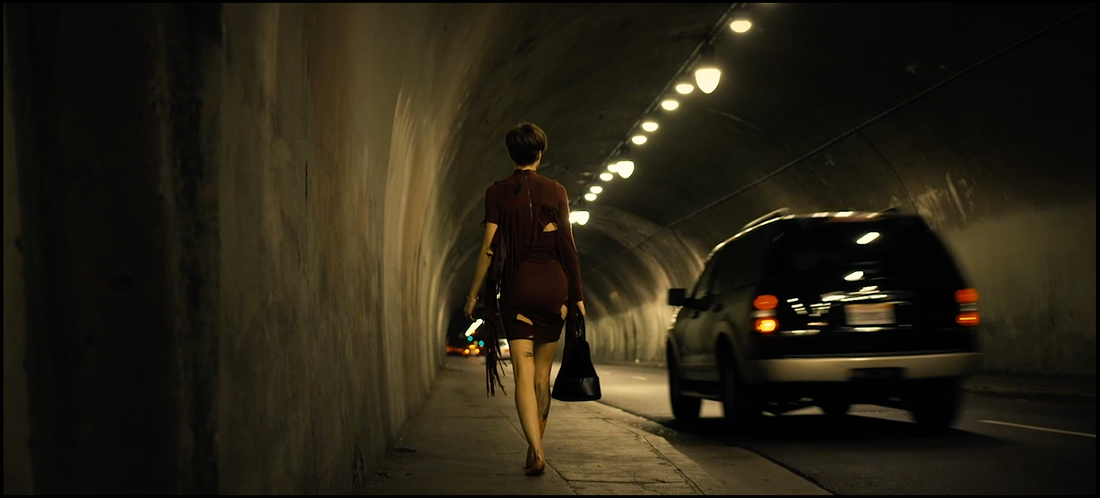
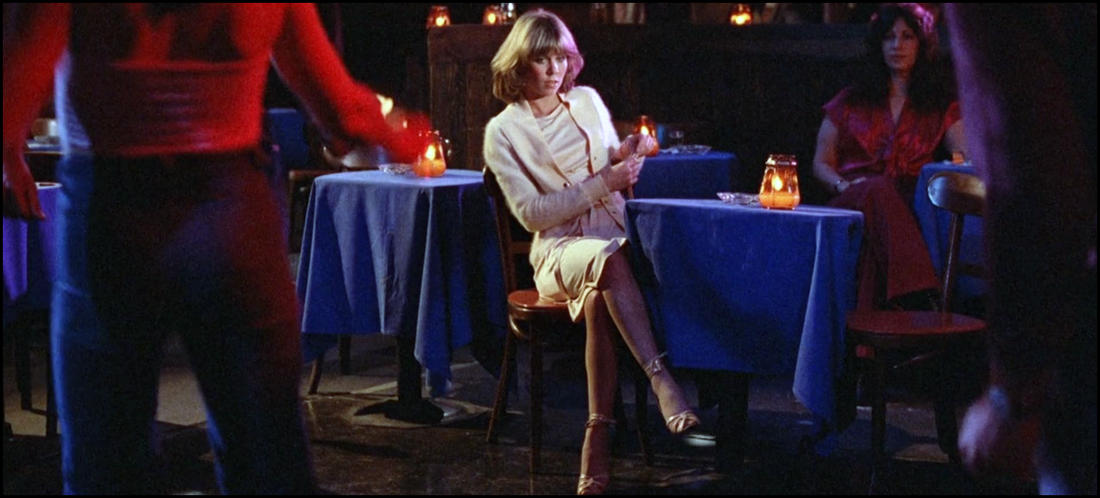

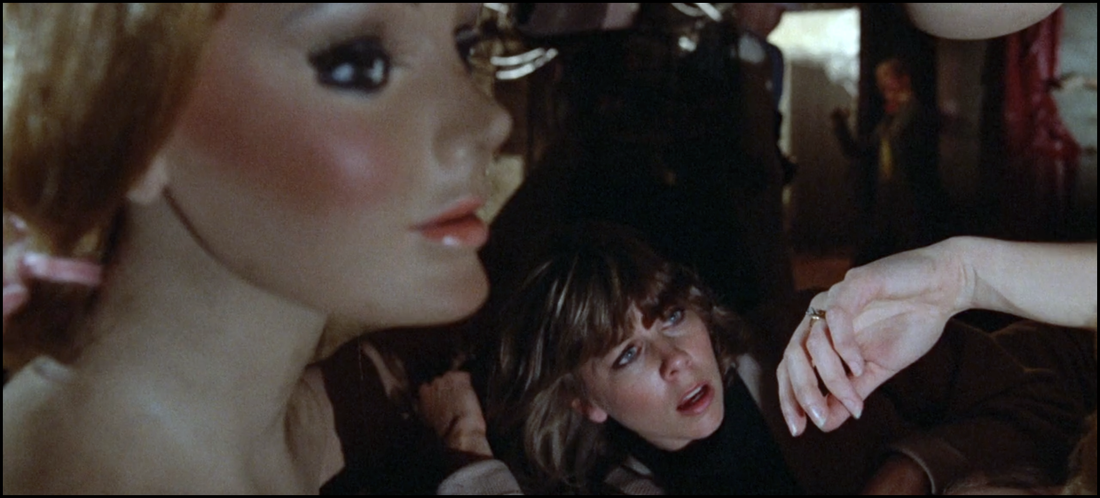
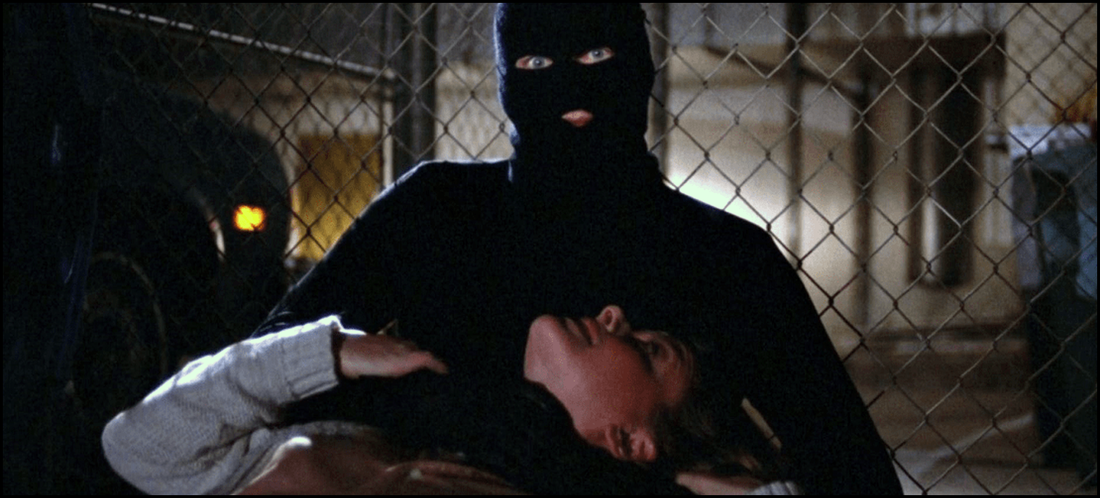

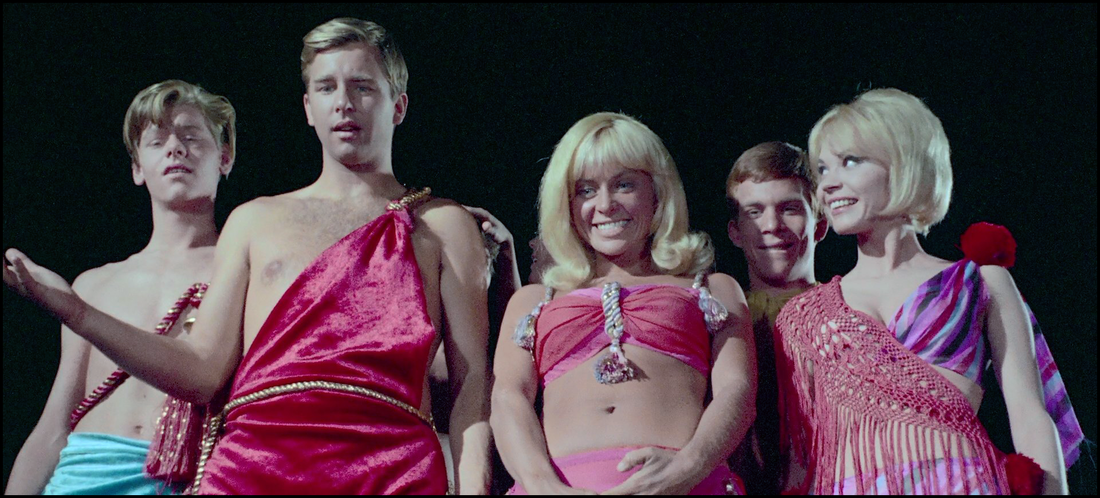
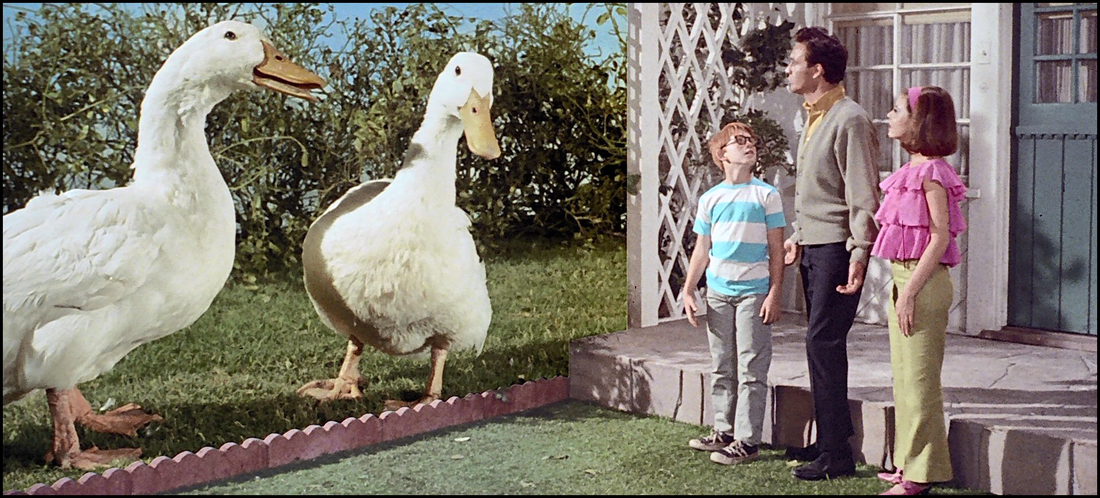
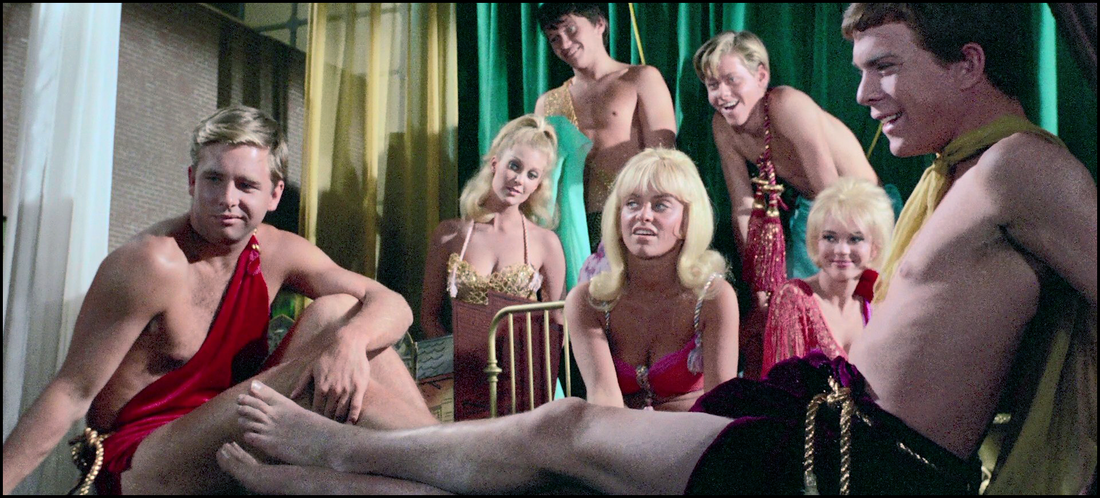
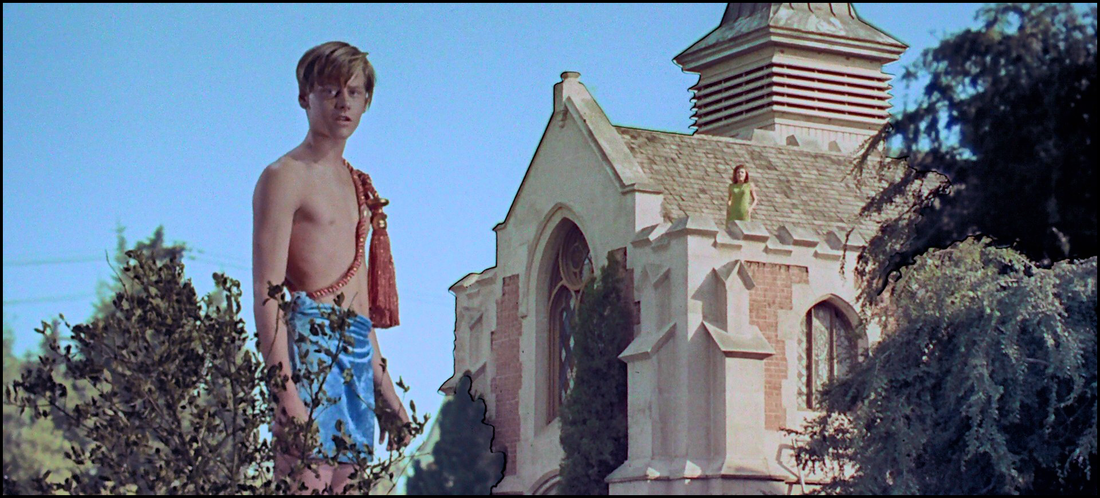
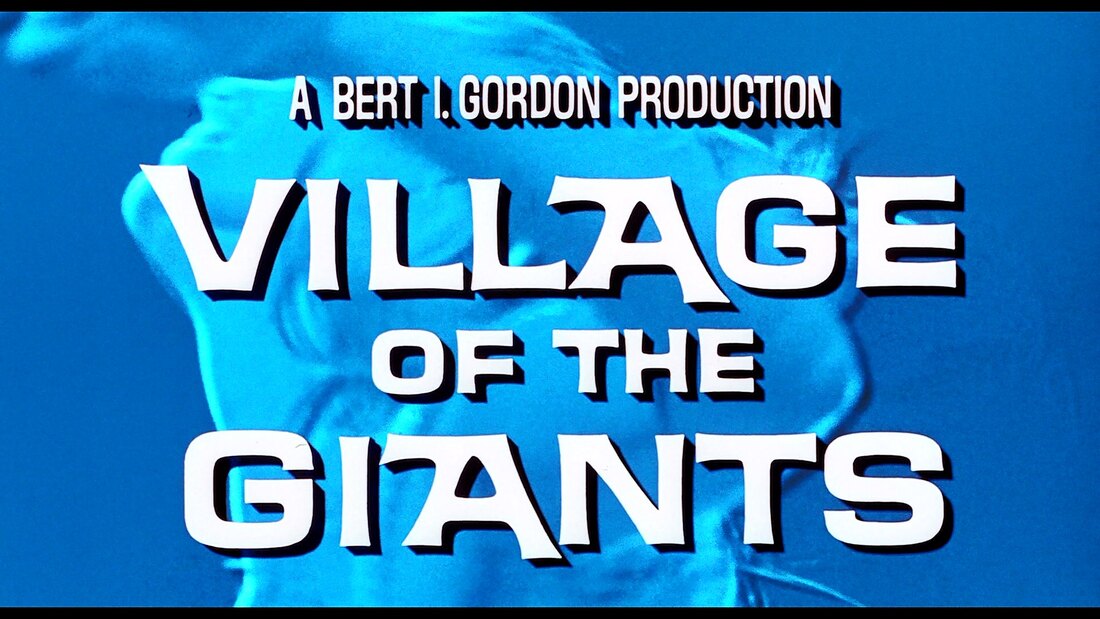
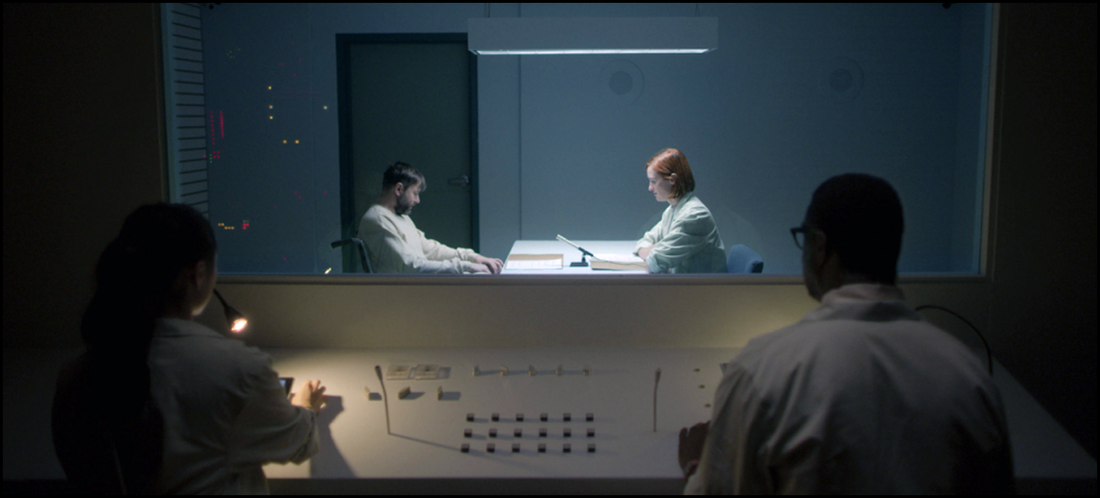
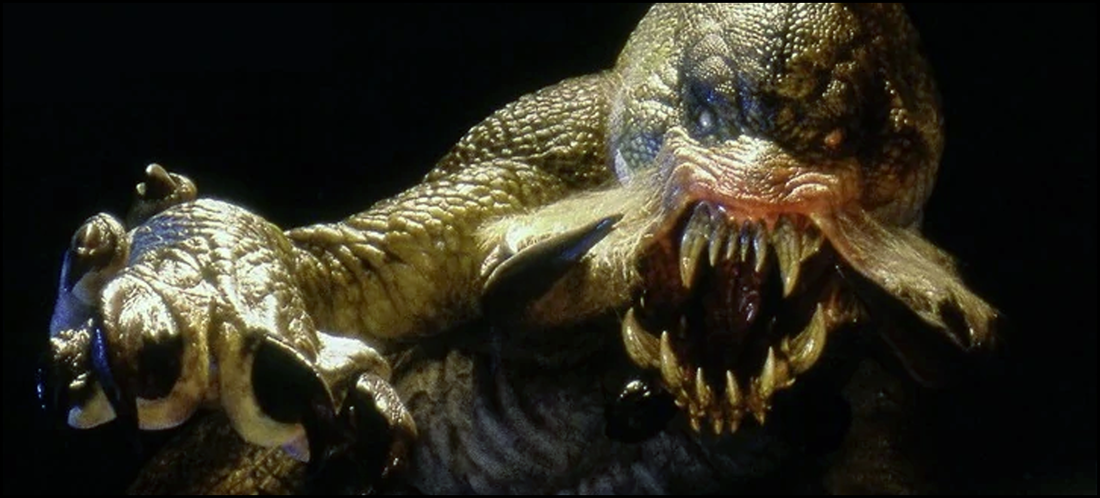

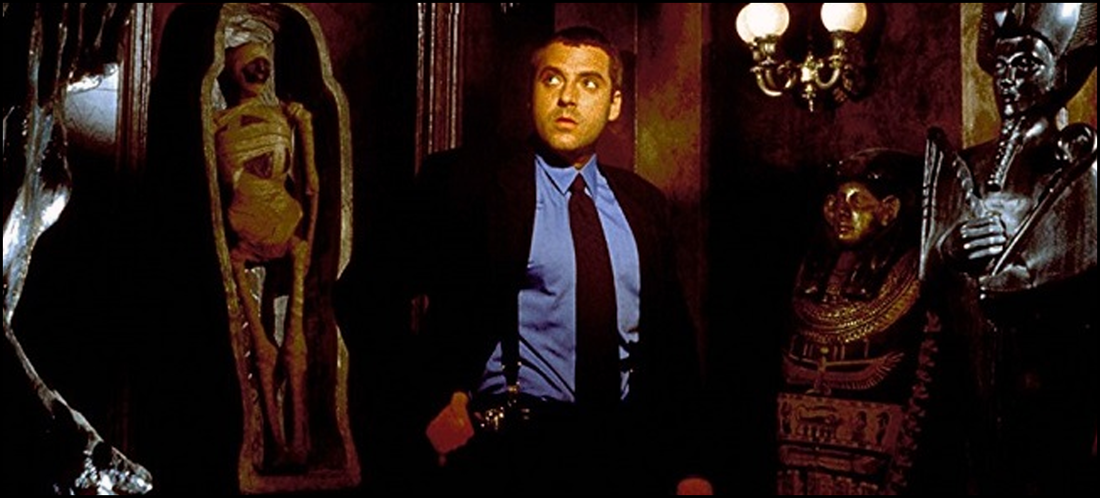
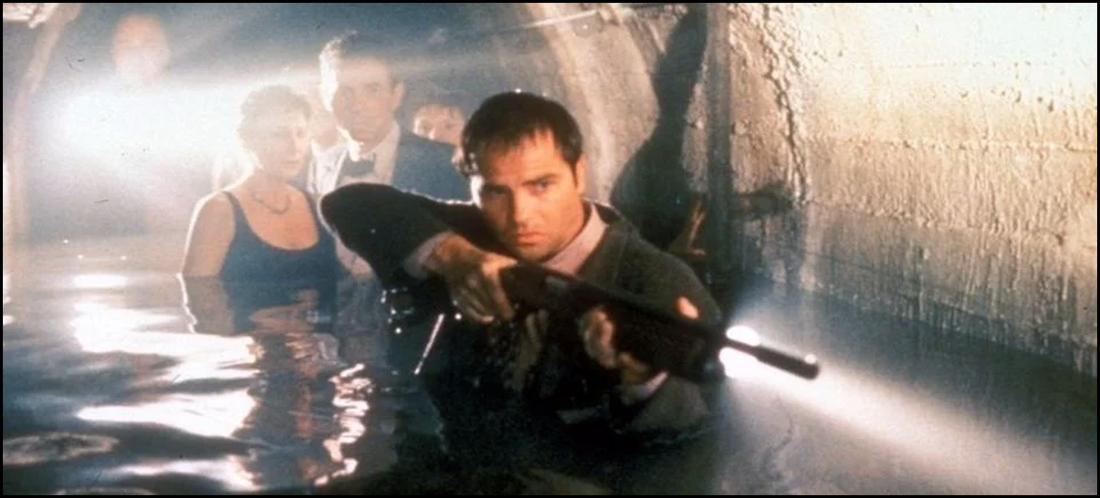
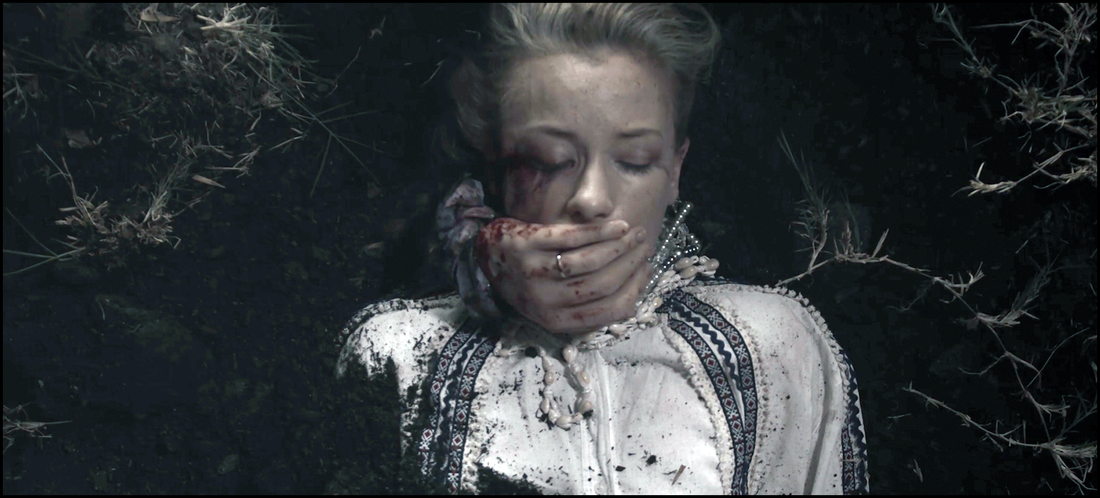
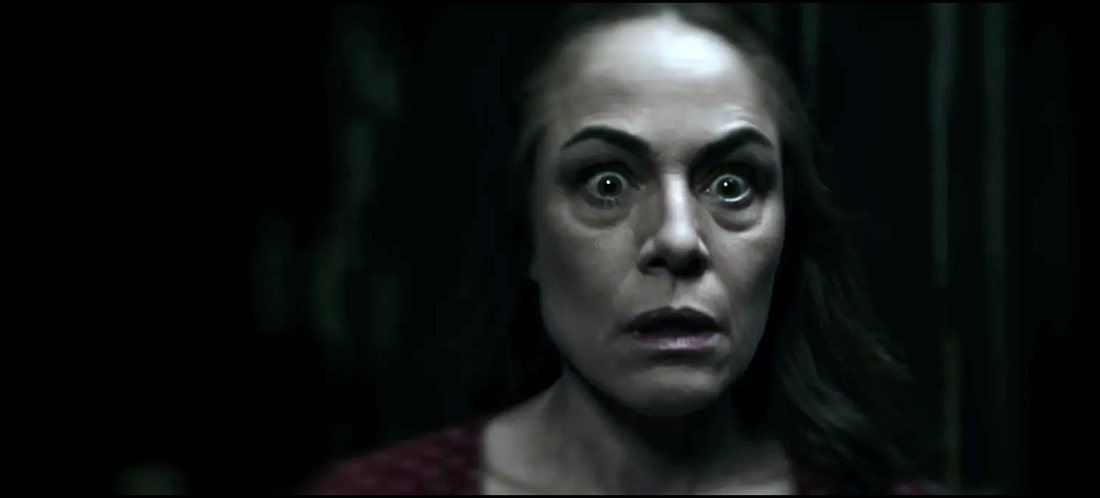
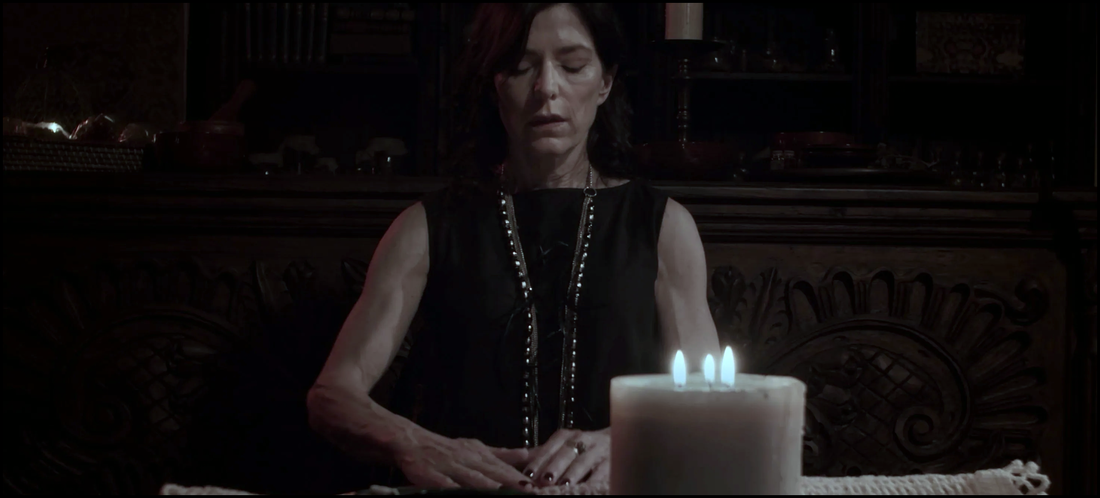
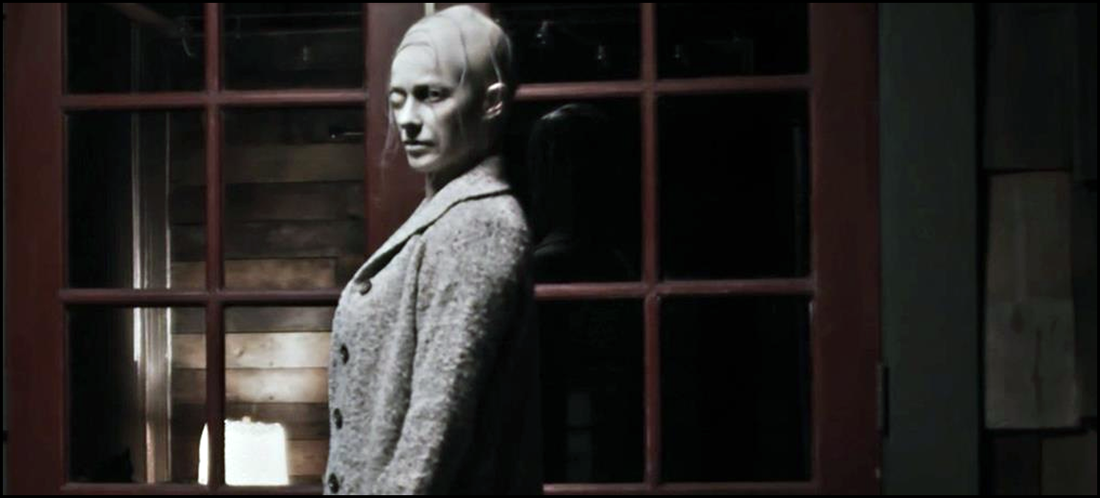
 RSS Feed
RSS Feed